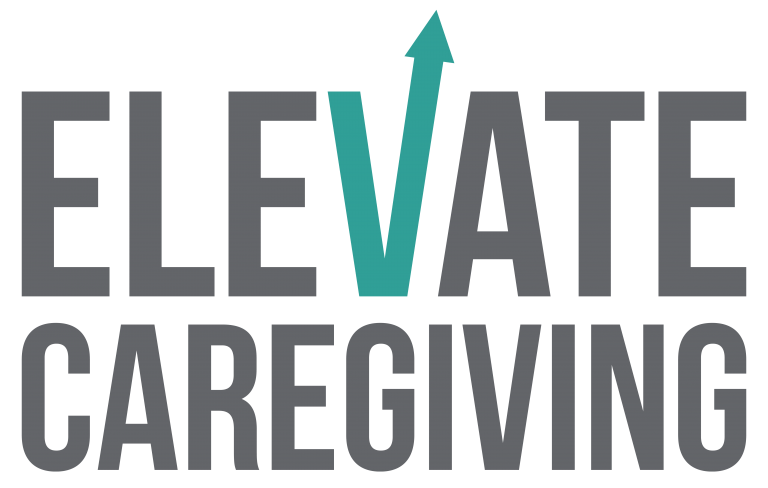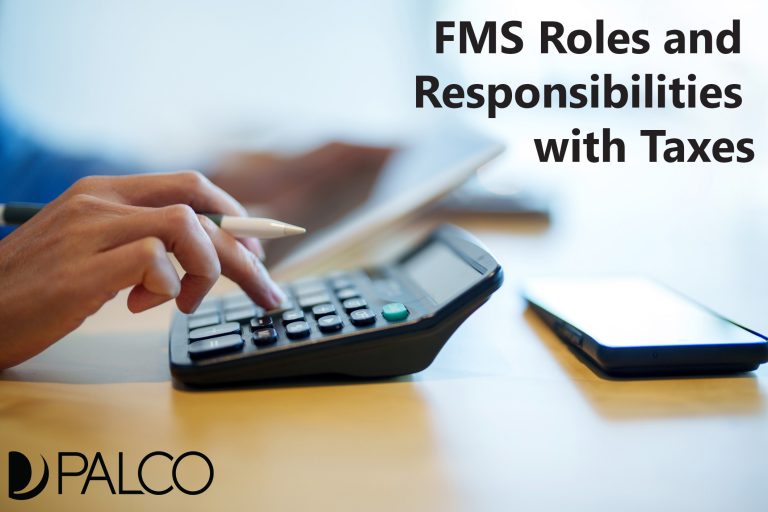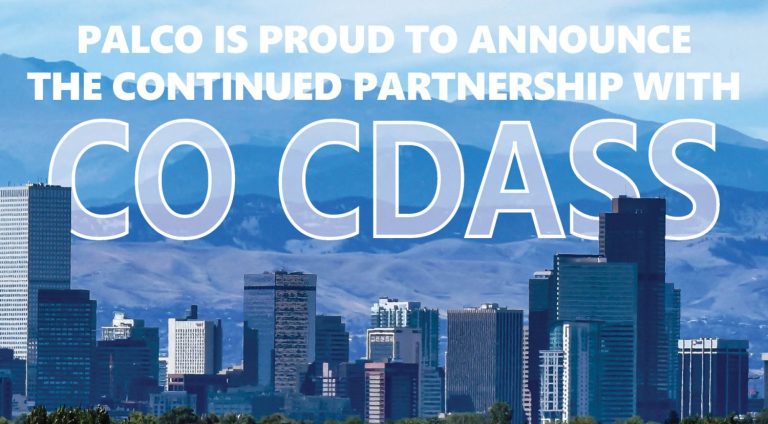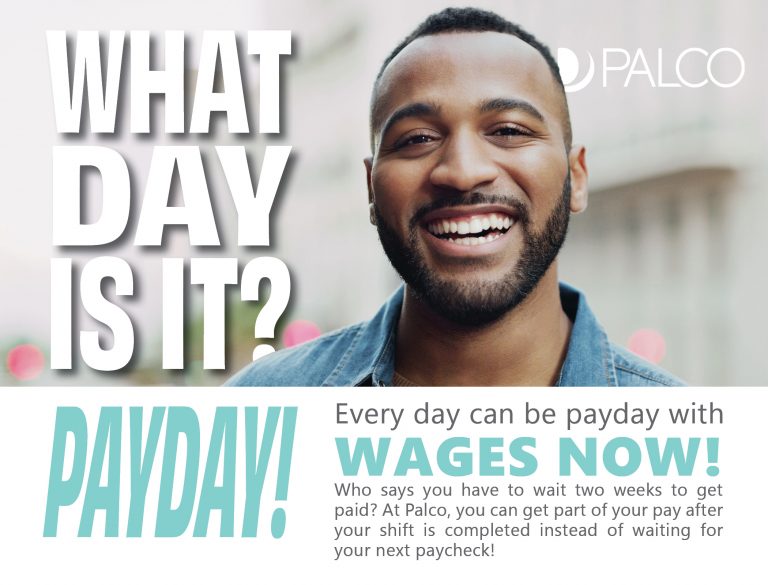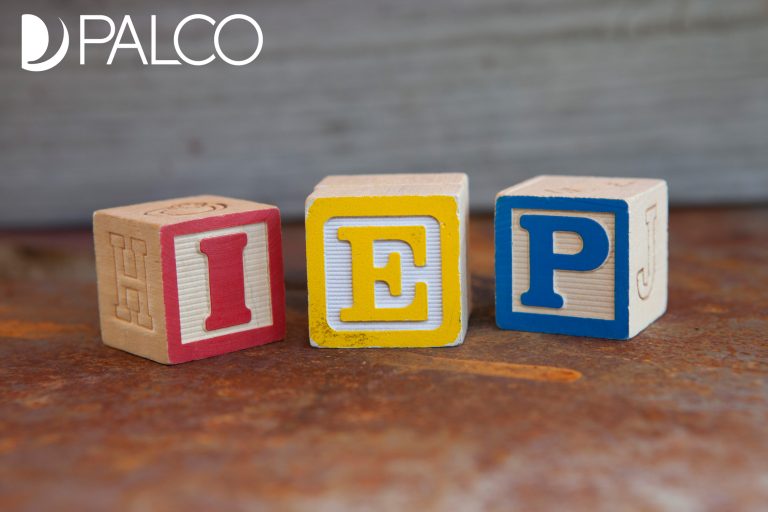Everything You Need to Know About Disability Pride Month
There is an awareness month, week, or day for just about everything. Picking a specific time frame to start conversations around an illness, group, or cause is a great way to raise awareness for that cause.
One awareness month we are excited to tell you about is Disability Pride Month.
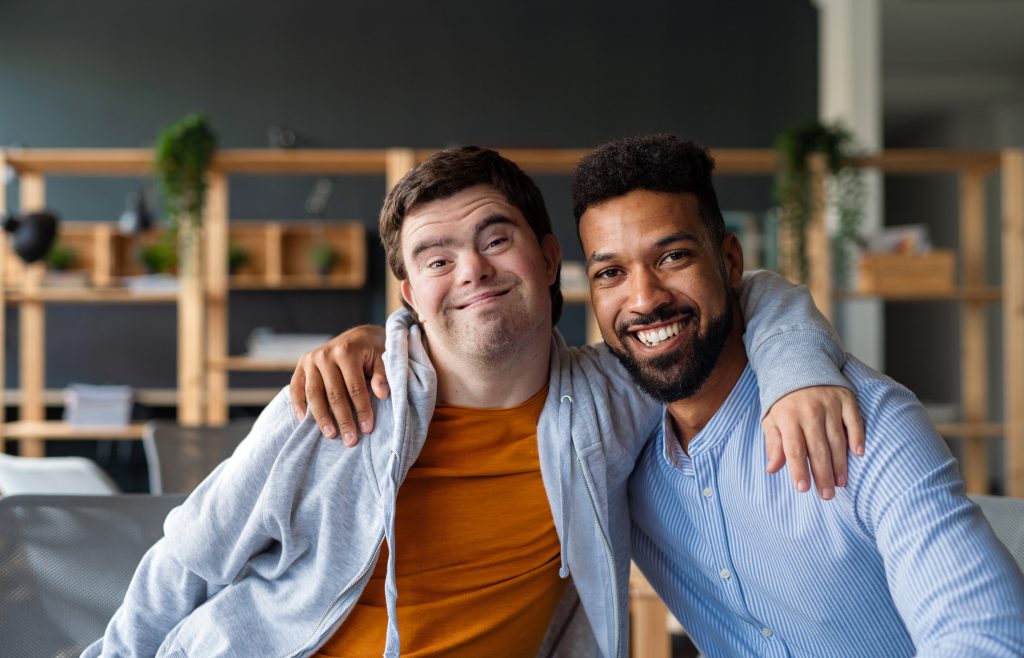
The History of Disability Pride Month
The first Disability Pride Month celebration was a parade in downtown Chicago in 2004. New York, Madison, and Los Angeles have held parades over the years. Disability Pride Month is not yet recognized as an official observed event in the United States. However, more and more cities are beginning to recognize the month and celebrate it.
July was chosen as the official Disability Pride Month. This was to coincide with the anniversary of the Americans with Disabilities Act being passed.
Disability Pride Month’s Flag
In 2019, Ann Magill, a writer with cerebral palsy, created the first Disability Pride flag. Flags can raise awareness and are a symbol of solidarity, pride, and acceptance. They can also be filled with symbolism.
The Original Design
Ann’s original design had a few key elements:
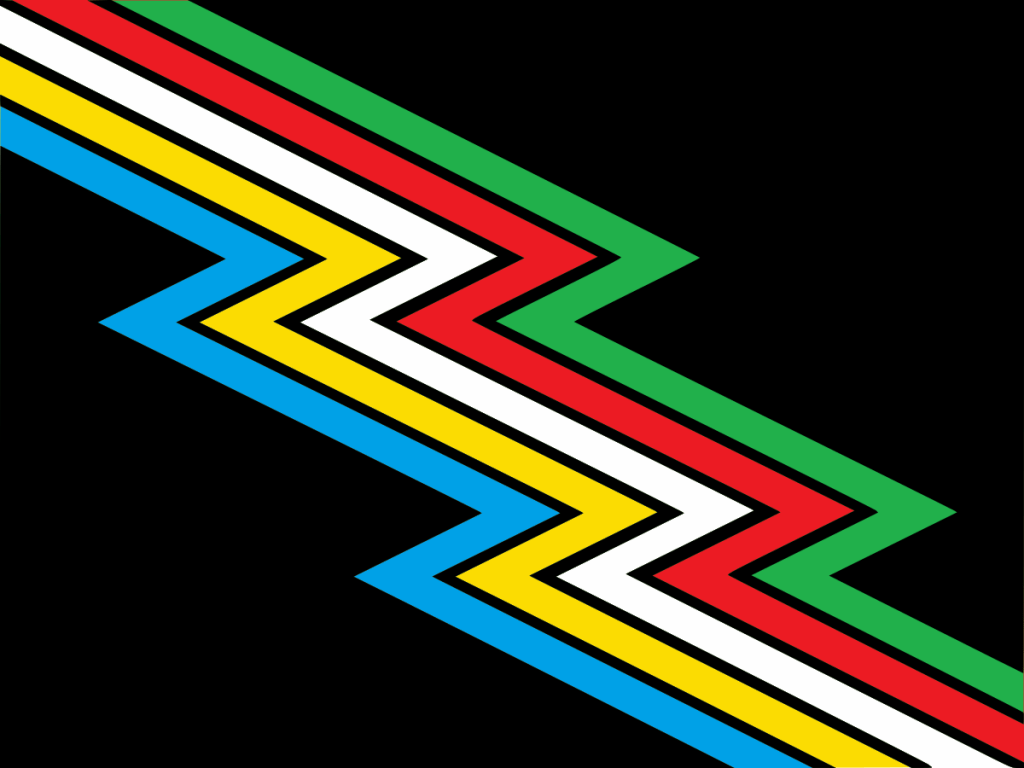
However, this original design had a few issues. For example, the red and green stripes couldn’t be next to each other, because of how they looked to those with certain types of colorblindness. Also, the zigzag design could trigger symptoms in people with certain visual disabilities.
The Current Flag
In 2021, Ann was able to take feedback from the disability community and create a newer version of the flag that is more accessible while also keeping the original meaning. It also added additional meaning, with the faded black representing mourning and rage for victims of ableist violence and abuse.
Plus, Ann entered the flag into the public domain. That means anyone is free to use and modify it, making it even more accessible to the disability community.

What Does it Mean to have Disability Pride?
Disability pride does not aim to dismiss the challenges or barriers people with disabilities face. Instead, it celebrates the uniqueness of each individual. It also recognizes the meaningful contributions of these people.
“Being proud to be disabled isn’t about liking my disability. It isn’t about pretending that disability doesn’t straight-up suck. Rather, claiming disability pride is a rejection of the notion that I should feel ashamed of my body or my disability. It’s a rejection of the idea that I am less able to contribute and participate in the world, that I take more than I give, that I have less inherent value and potential than the able-bodied Becky next to me.”
-Ardra Shephard, blogger behind Tripping on Air

Remember, it’s okay to be proud of your accomplishments. It’s okay to find community and identity around your disability. It’s okay to celebrate Disability Pride Month.

by Abby Burch
Business Development/Sales Specialist


